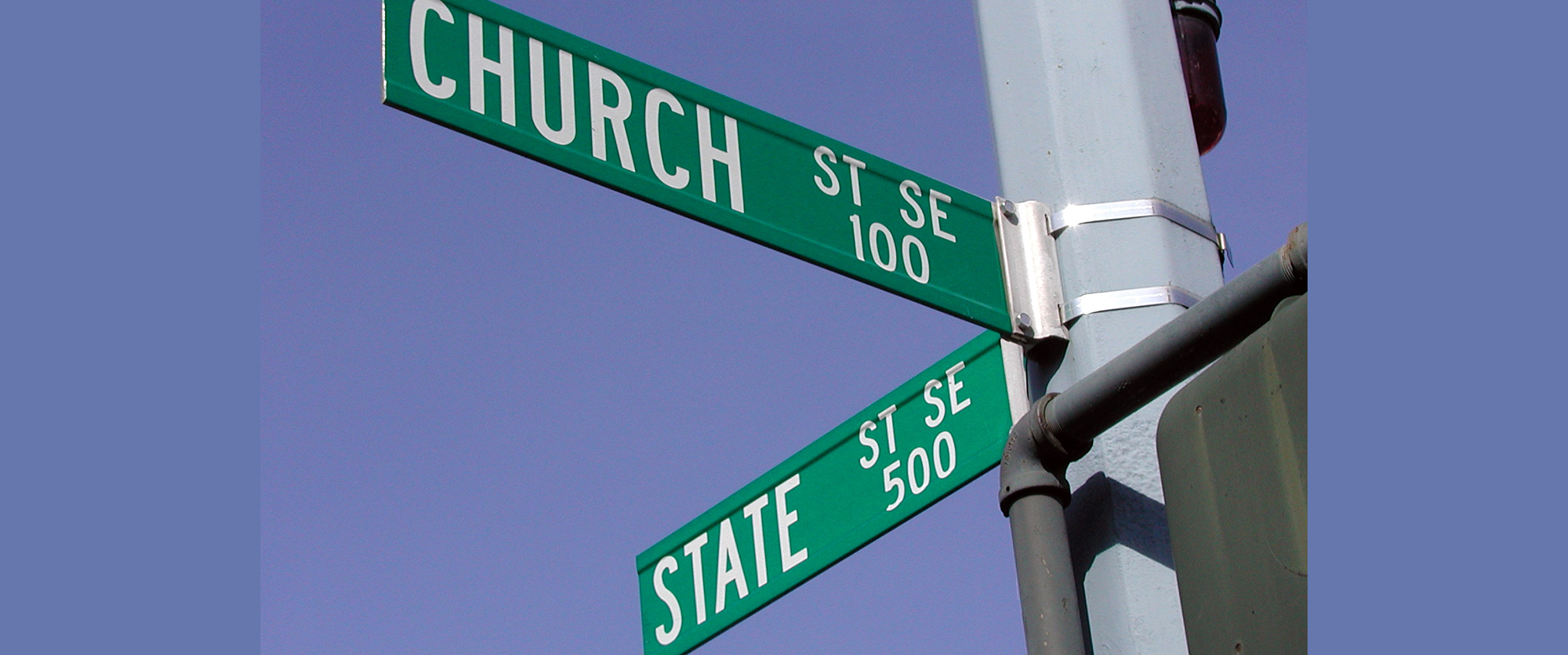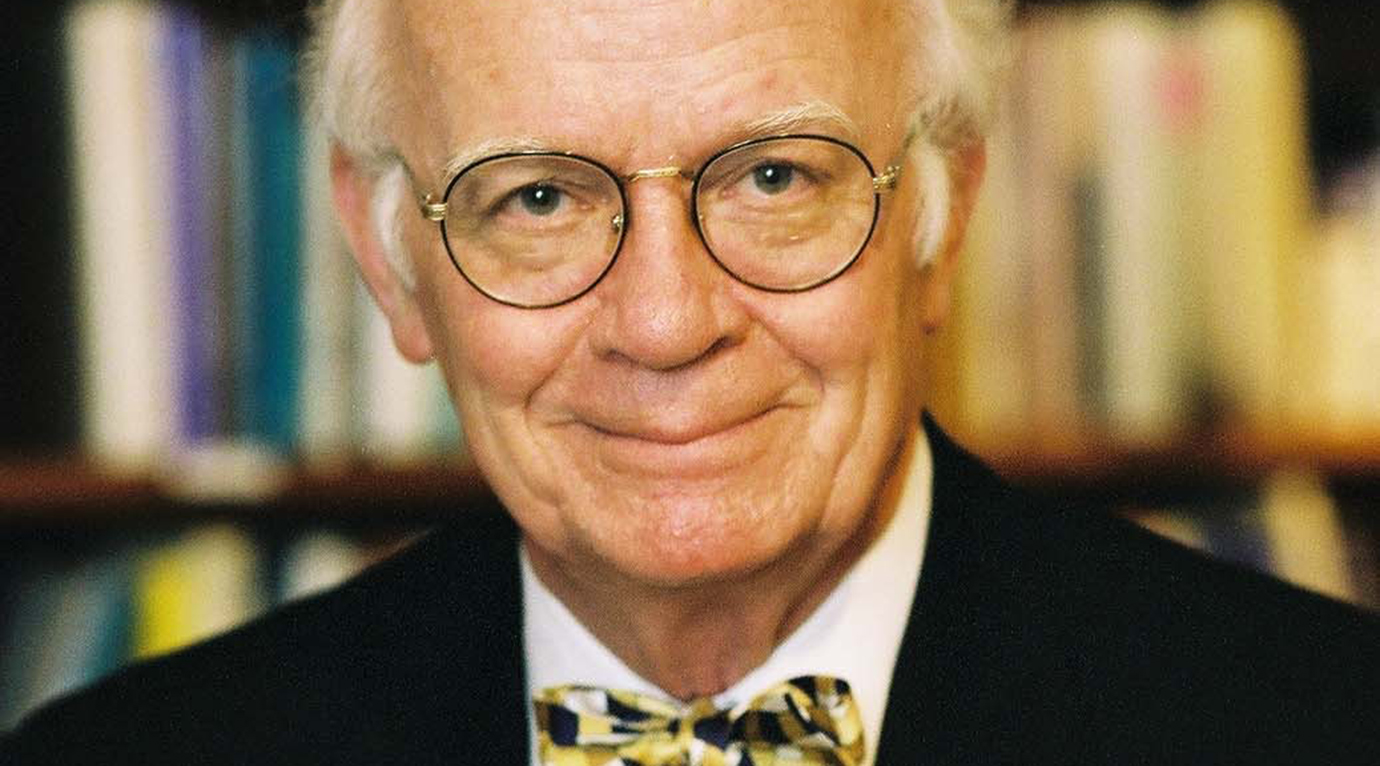Liberty's Landscape: How New York Unveils the Roadmap to Religious Freedom
Religion
2025-04-09 15:21:28Content
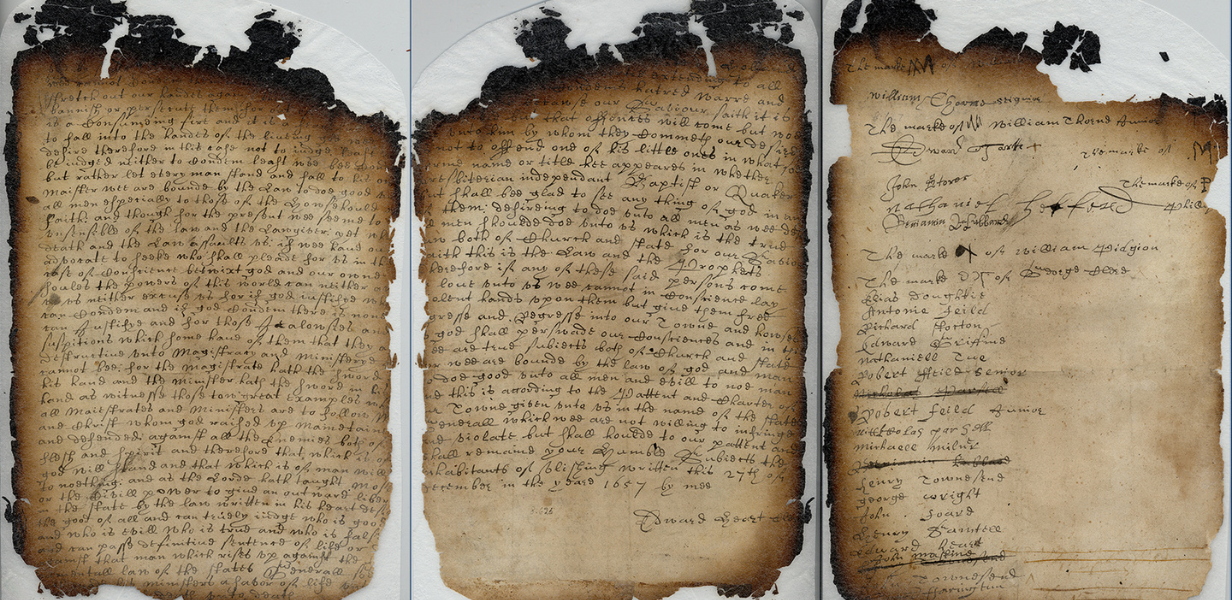
A rare historical treasure that laid the groundwork for religious liberty in America emerged from storage, captivating historians and visitors alike. On April 8, the New York Public Library unveiled a remarkable 17th-century letter that is widely considered the foundational document for religious freedom in the United States.
This extraordinary manuscript, which had been carefully preserved and out of public view for seven years, offers a fascinating glimpse into the early philosophical foundations of religious tolerance that would later become a cornerstone of American constitutional principles. The letter's public display represents a significant moment for scholars and history enthusiasts, providing a tangible connection to the intellectual roots of one of the nation's most cherished freedoms.
Visitors to the library now have the opportunity to witness this pivotal piece of historical documentation, which serves as a powerful reminder of the long and complex journey toward religious liberty in the United States. The document stands as a testament to the progressive thinking of its time and the enduring importance of protecting individual beliefs and spiritual practices.
Unveiling the Cornerstone of Religious Liberty: A Rare Manuscript's Journey Through Time
In the hallowed halls of historical preservation, rare documents often serve as silent witnesses to pivotal moments that shaped human rights and societal progress. The recent display of a centuries-old manuscript at the New York Public Library represents more than just an archival event—it is a profound testament to the foundational principles of religious freedom that have defined the American experience.Unearthing the Roots of Religious Tolerance in a Single Extraordinary Document
The Historical Significance of the Flushing Remonstrance
The Flushing Remonstrance stands as a remarkable artifact that predates the United States Constitution, embodying the revolutionary concept of religious tolerance during a time of intense religious persecution. Drafted in 1657 in the Dutch colonial settlement of New Netherland (present-day New York), this document represents an extraordinary moment of moral courage when local residents challenged the prevailing religious restrictions imposed by Governor Peter Stuyvesant. The manuscript's profound significance lies not merely in its historical context but in its radical declaration of individual religious liberty. At a time when religious conformity was strictly enforced, the signatories of the Flushing Remonstrance boldly proclaimed the fundamental human right to practice one's faith without governmental interference. Their defiance challenged the established norms, creating a precedent that would later influence the First Amendment of the United States Constitution.Preservation and Public Display: A Rare Glimpse into Historical Advocacy
The decision to display this document after seven years of careful preservation speaks volumes about its continuing relevance. Archivists and historians recognize the Flushing Remonstrance as more than a historical document—it is a powerful symbol of resistance against religious oppression and a blueprint for the inclusive society that would eventually emerge. Conservation efforts require meticulous care, with specialized techniques employed to protect the fragile manuscript from environmental degradation. Each public display represents a carefully choreographed event, balancing the need for public education with the imperative of document preservation. The New York Public Library's commitment to making this document accessible demonstrates the ongoing importance of historical transparency.The Broader Context of Religious Freedom in Colonial America
Understanding the Flushing Remonstrance requires a nuanced exploration of the complex religious landscape of 17th-century colonial America. The document emerged during a period of intense religious and cultural negotiation, where different European colonial powers brought competing religious traditions and governance models. The manuscript's authors were primarily Quakers, a religious group frequently marginalized and persecuted during this era. Their bold statement challenged not just local governance but the fundamental assumptions about religious authority and individual rights. By demanding the freedom to worship according to individual conscience, they laid groundwork for the pluralistic society that would eventually define the United States.Legacy and Contemporary Relevance
While the Flushing Remonstrance might seem distant from contemporary experiences, its principles remain profoundly relevant. In an era of global religious tensions and ongoing debates about religious freedom, this historical document serves as a powerful reminder of the importance of tolerance, mutual respect, and individual liberty. The manuscript's continued preservation and periodic public display serve multiple purposes: educational, historical, and inspirational. It reminds current and future generations that the principles of religious freedom were hard-won through the courage of individuals willing to challenge existing power structures. The recent exhibition at the New York Public Library is more than a historical footnote—it is a living testament to the enduring power of human rights and the ongoing struggle for religious tolerance. As visitors gazed upon this fragile yet powerful document, they were witnessing a tangible connection to the foundational principles that continue to shape democratic societies worldwide.RELATED NEWS
Religion
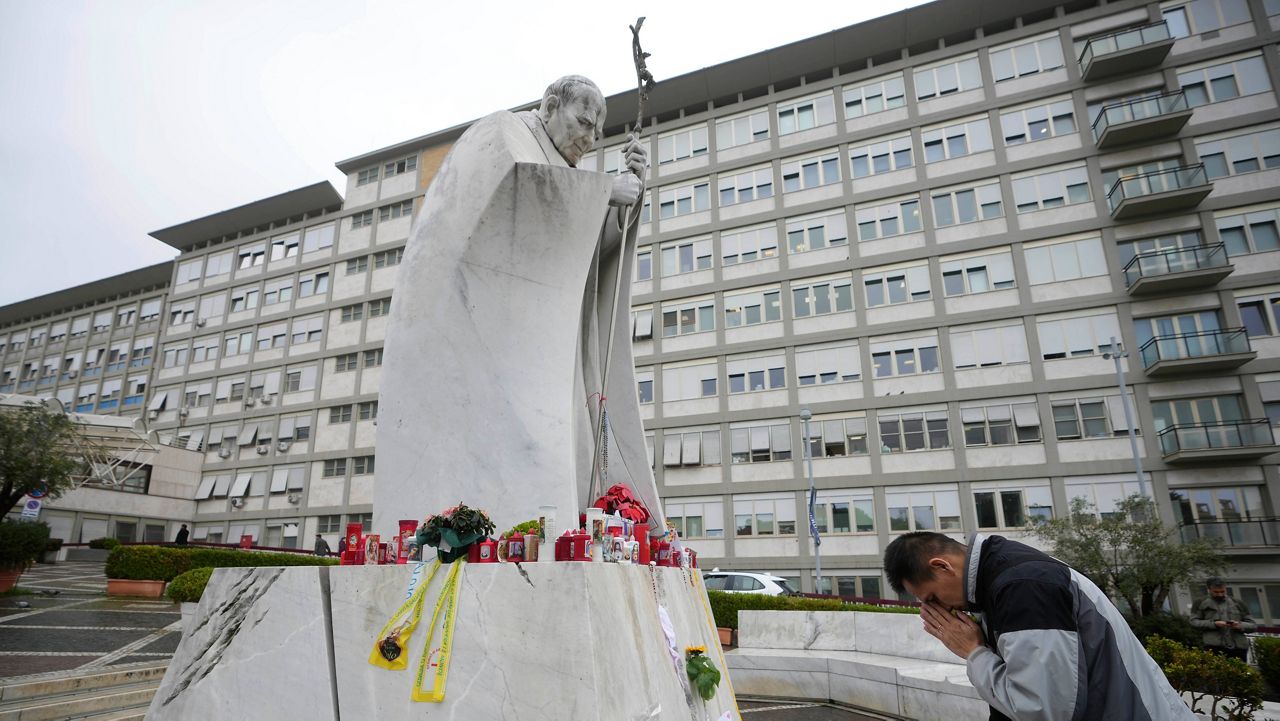
Breaking: Pope Francis and Vatican's Top Official Make Landmark Decisions During Hospital Meeting
2025-02-25 16:30:00
Religion
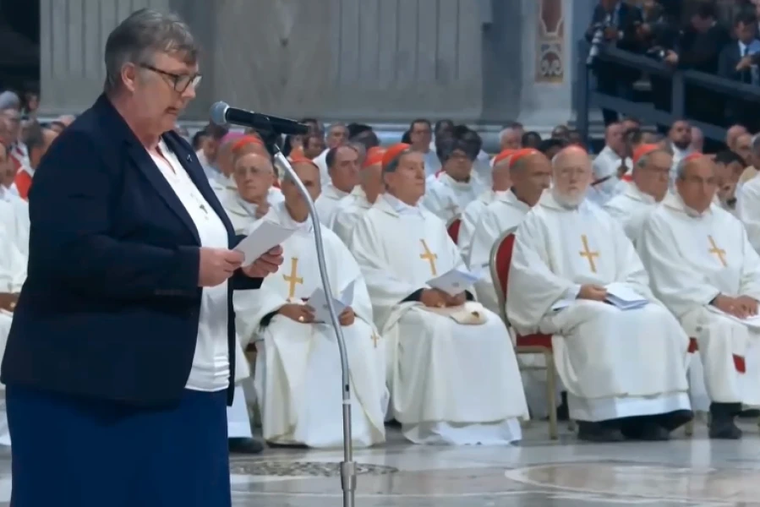
Pope's Powerful Tribute: Celebrating the Unsung Heroes of Faith in Novendiales Mass
2025-05-04 03:06:54
Religion

Beyond Belief: A Psychiatrist's Compassionate Journey Through Faith and Humanity
2025-03-27 18:58:39


